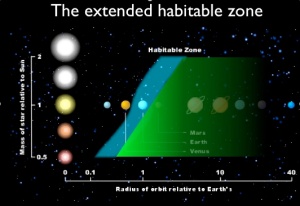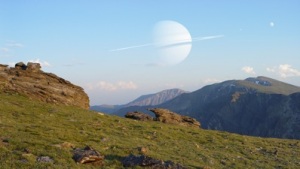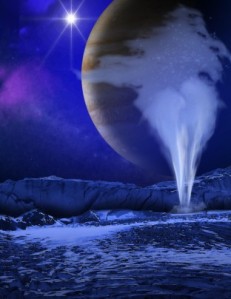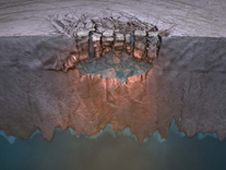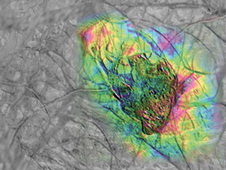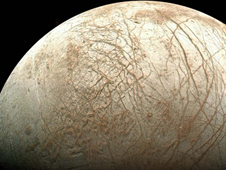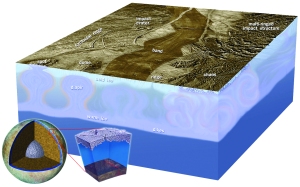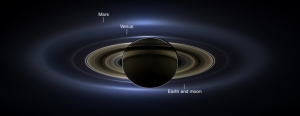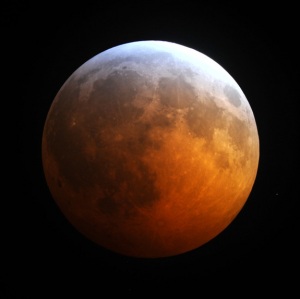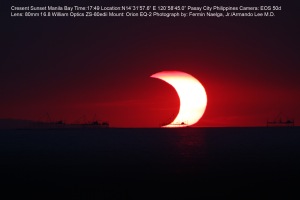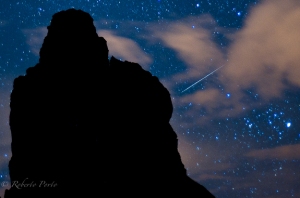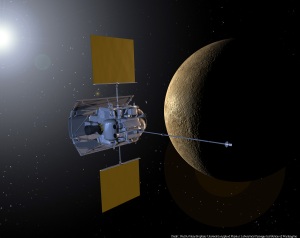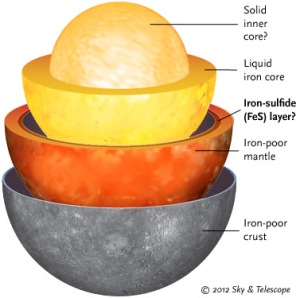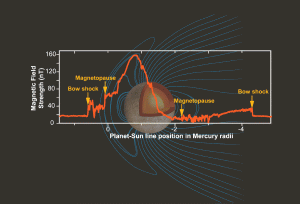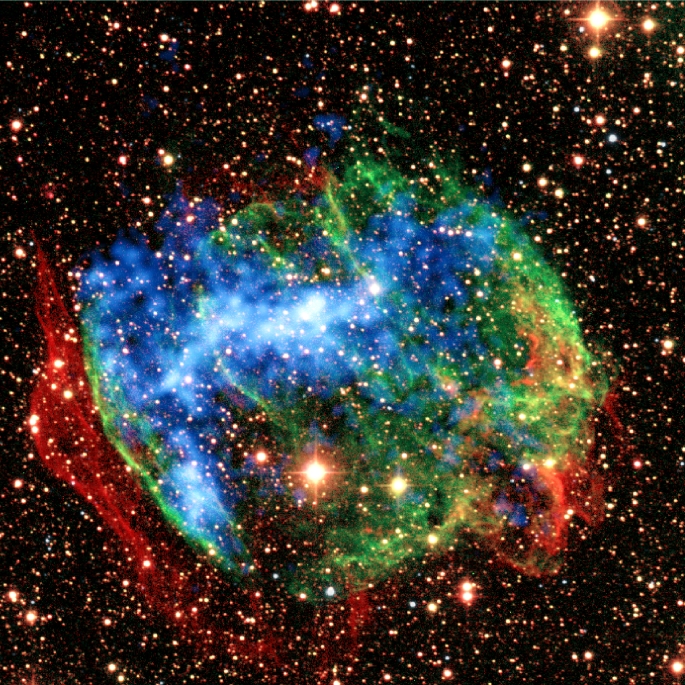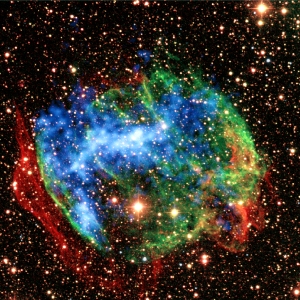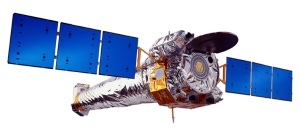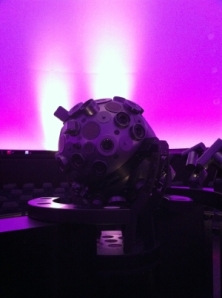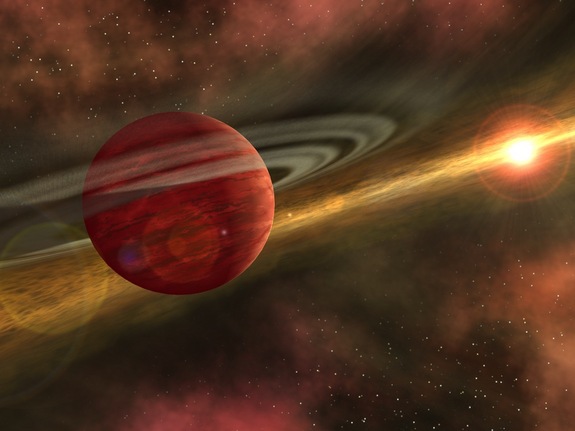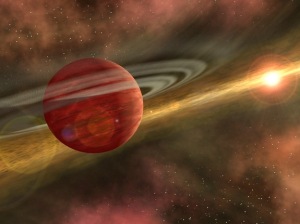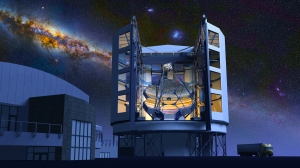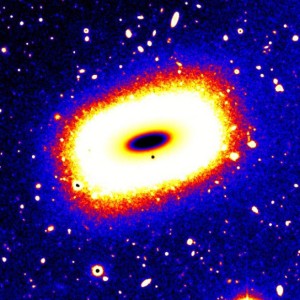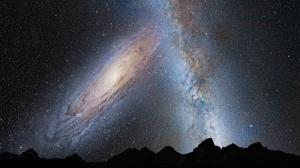Earth-sized planets could be more common than we first assumed

Space news (astrophysics: exoplanets; Kepler-186f )
NASA astronomers working with the Kepler Space Telescope have discovered the first Earth-sized planet orbiting within the ‘habitable zone’ of its host star. Kepler-186f, as its name implies, is in the Kepler-186 star system, around 500 light-years from Sol in the constellation Cygnus. A discovery that implies planets the size of Earth, residing within their host star’s habitable zone, could be more common than we first thought.
Space scientists believe there’s a good chance Kepler-186f is a rocky planet, similar in many ways to the Earth. The fact it resides within the habitable zone implies liquid water could exist on the surface of this planet and possibly life based on the same principles as on Earth. The M dwarf, or red dwarf, sun it orbits is a common star making up about 70 percent of the suns in our home galaxy and is only half the volume and mass of Sol. This star is also orbited by four other planets, according to the latest information, but this number could change as more data is obtained.
“The discovery of Kepler-186f is a significant step toward finding worlds like our planet Earth,” said Paul Hertz, NASA’s Astrophysics Division director at the agency’s headquarters in Washington. “Future NASA missions, like the Transiting Exoplanet Survey Satellite and the James Webb Space Telescope, will discover the nearest rocky exoplanets and determine their composition and atmospheric conditions, continuing humankind’s quest to find truly Earth-like worlds.”
NASA astronomers have no idea, yet, what Kepler-186f is made of, or even its mass. They’ll now focus more instruments and time to look into some of these facts, and hopefully, soon we’ll know a lot more about this possible twin-Earth.
“We know of just one planet where life exists — Earth. When we search for life outside our solar system we focus on finding planets with characteristics that mimic that of Earth,” said Elisa Quintana, a research scientist at the SETI Institute at NASA’s Ames Research Center in Moffett Field, Calif., and lead author of the paper published today in the journal Science. “Finding a habitable zone planet comparable to Earth in size is a major step forward.”
Earth-size planets are more familiar to scientists than the larger planets discovered lying within the habitable zone of their host stars. It will be easier to understand the data they obtain concerning Kepler-186f, and hopefully, this translates into a better picture of the planet.
“M dwarfs are the most numerous stars,” said Quintana. “The first signs of other life in the galaxy may well come from planets orbiting an M dwarf.”
What would a day on Kepler-186f be like? This planet is near the outer boundary of its host star’s habitable zone, which results in it receiving about 30 percent of the energy Earth gets from Sol. Viewed from the surface of the planet at high noon, the host star would only be as bright as Sol an hour before sunset. A day on Kepler-186f isn’t going to be a walk in the park on a sunny day.
“Being in the habitable zone does not mean we know this planet is habitable. The temperature on the planet is strongly dependent on what kind of atmosphere the planet has,” said Thomas Barclay, a research scientist at the Bay Area Environmental Research Institute at Ames, and co-author of the paper. “Kepler-186f can be thought of as an Earth-cousin rather than an Earth-twin. It has many properties that resemble Earth.”
What’s next for the team?
The next step for NASA astronomers is to find Earth-size planets that are a true twin for Earth, which will be a day to remember. Determining the chemical composition of any planets found will be an exciting time for both astronomers and humankind. A planet with a similar chemical composition to Earth would open up eyes and change the prospect of the possibility of alien life in the galaxy and universe.
It would truly be something to experience.
What is the possibility of alien life existing in the universe? Read “The Possibility of Intelligent Lifeforms Existing in the Universe”.
What has Kepler discovered lately? Read “Kepler Mission Introduces 715 New Planets“
Read about “The Search for Life Beyond Earth Takes a Turn at Jupiter“
Watch this YouTube video on Kepler-186f


